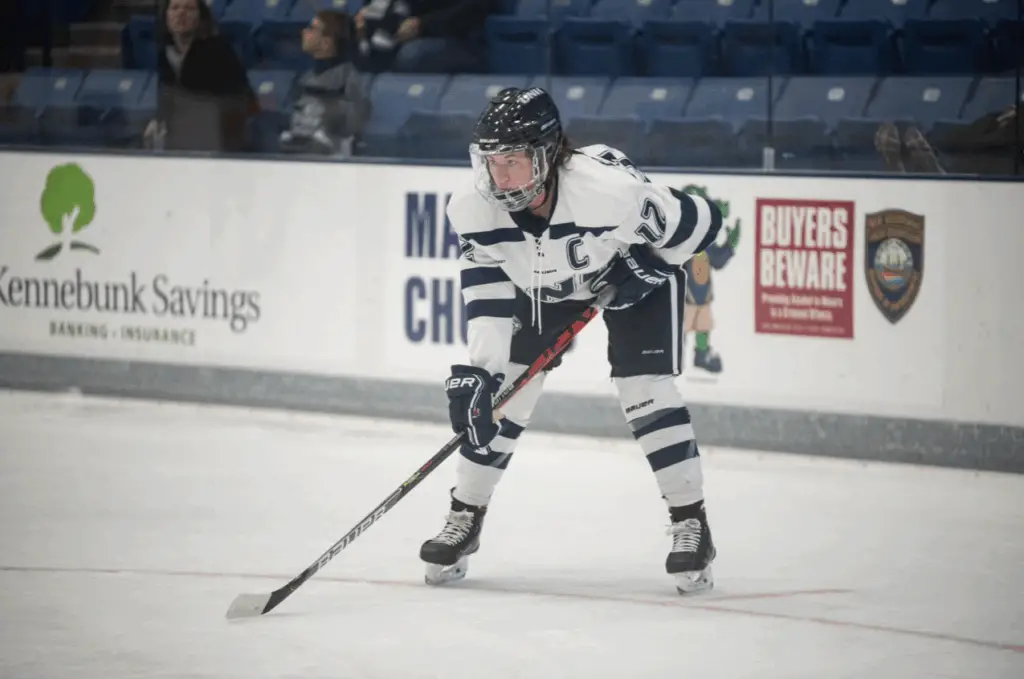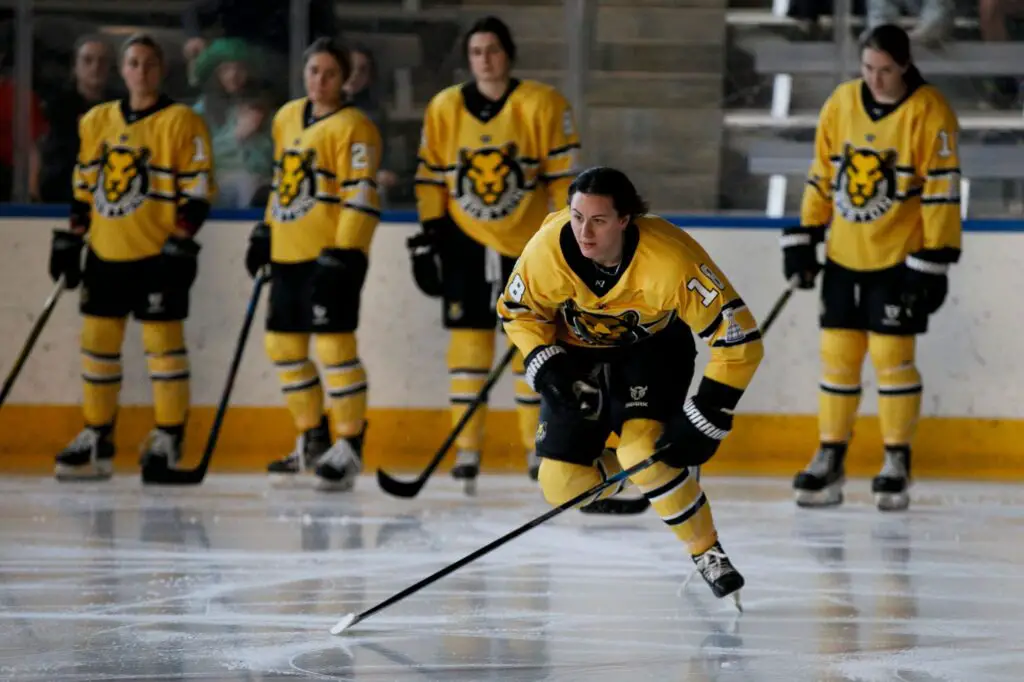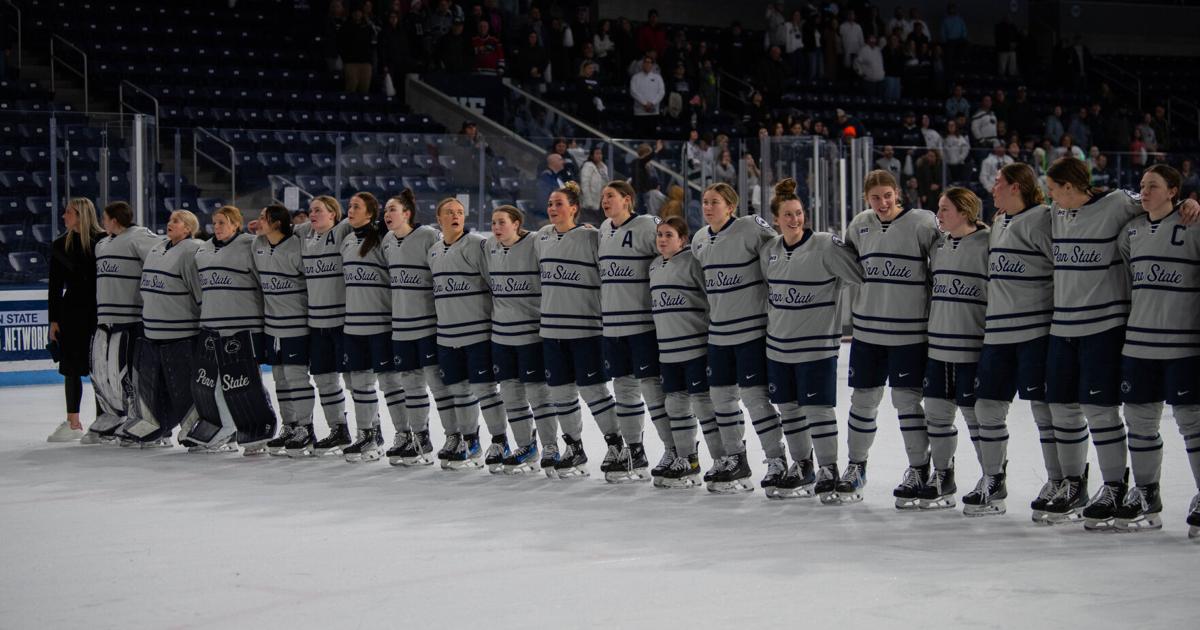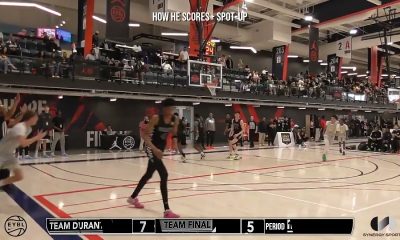The hockey world is buzzing as Gavin McKenna, projected No. 1 overall pick in the 2026 NHL Draft, makes a decision that could change everything for future NHL stars. At just 17 years old, McKenna isn’t just grabbing headlines for his jaw-dropping stats and electric potential on ice. He’s rewriting the playbook by ditching the Canadian Hockey League for NCAA hockey, committing to Penn State University with NIL compensation reportedly around $700,000.
Why Did Gavin McKenna Choose College Over Junior Hockey?
This move goes way deeper than McKenna’s individual career path. It signals a seismic shift in hockey development that has executives, scouts, and players watching closely.
After his record-breaking campaign with the Medicine Hat Tigers in the Western Hockey League, where he racked up 129 points in just 56 games, McKenna could have easily returned to dominate Canadian junior hockey again. Instead, he’s betting on the college route, bringing a wave of change that reflects the evolving relationship between the NCAA, CHL, and NHL.
The timing couldn’t be more perfect. Until recently, NCAA rules blocked players from Canadian junior teams from suiting up for Division I hockey. That barrier crumbled last November when the NCAA made its landmark NIL ruling, opening the door for CHL players to compete in U.S. college hockey.
The new rule kicks in this August, and McKenna stands as one of the first marquee prospects to jump on this opportunity. His choice isn’t just making history; it’s a ringing endorsement of college hockey as a legitimate path for elite prospects.
“Both options were great, but I just think going to college, being in such a great conference, it’ll really challenge me and prepare me,” McKenna said.
What Does McKenna’s Star-Power Agent Bring to the Table?
McKenna’s journey gets even more intriguing when you look at who’s steering his career. He’s teamed up with legendary NHL agent Pat Brisson, the same power broker who guided first-overall picks Sidney Crosby, Nathan MacKinnon, and John Tavares to stardom. Brisson and rising CAA agent Matt Williams now have their hands full managing someone many consider hockey’s next generational talent.
For McKenna, picking Penn State over CHL powerhouses or even other top NCAA programs like Michigan State, who reportedly dangled $200,000 to $300,000 in NIL money, wasn’t purely about the cash. Development played a huge role.
College hockey throws younger players into battles against older, stronger, more experienced competition, especially in a brutal conference like the Big Ten. It’s a similar strategy as recent top picks like Auston Matthews (who played in Switzerland before the draft) and Macklin Celebrini (who starred at Boston University) used to sharpen their games before jumping to the NHL.
McKenna gets a chance to fine-tune his skills against top-tier competition before making his professional leap.
How Does This Set Up McKenna’s NHL Future?
That leap to the pros looks virtually guaranteed. If McKenna gets selected first overall in 2026 as everyone expects, he’ll likely step straight into an NHL lineup, following the blueprint of countless top picks before him.
McKenna would also join exclusive company, becoming just the fourth winger in the past 15 years to go first overall, alongside Nail Yakupov (2012, Alexis Lafreniere (2020), and Juraj Slafkovsky (2022). But unlike those three, McKenna is already generating the kind of early buzz and excitement usually reserved for franchise centers like Connor McDavid and Auston Matthews.
Meanwhile, Canadian hockey officials are taking McKenna’s decision in stride. While many fans and league executives would have loved to see him continue tearing up the CHL, the Ontario Hockey League and other circuits are staying calm. OHL Commissioner Bryan Crawford has acknowledged McKenna’s choice and is reportedly working with him and his representation moving forward.
McKenna’s move to Penn State represents more than one player changing paths. It’s the first major test of how the new NCAA rules will reshape hockey development, potentially opening floodgates for other elite prospects to consider college hockey as a serious alternative to traditional junior routes.
🏒 #WeAre pic.twitter.com/IOQ9ZihVit



























































